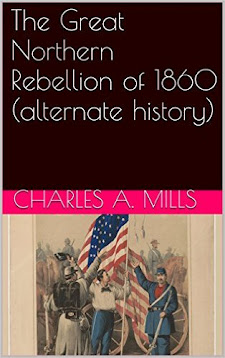Sir James Gordon
British forces routed American troops at the Battle of
Bladensburg on
While Washington still smoldered, seven British warships under the command of Captain James Gordon (thought by some to be the inspiration for C.S. Forester’s fictional hero Horatio Hornblower) appeared on the Potomac River headed for the Alexandria, just south of the city. On the morning of August 28, 1814, a committee led by Alexandria Mayor Charles Simms rowed south to meet the British and request terms of surrender. Gordon and his fleet arrived in front of Alexandria in the evening. The next morning, the British lined up their gun boats with cannons bristling at the ready.
At the mercy of the British squadron, the town council agreed to the enemy's demands, and for the next five days the British looted stores and warehouses of barrels of flour, hogsheads of tobacco, bales of cotton, along with wine, sugar and other items.
While the British confiscated goods in Alexandria, American forces were setting up a battery on the river at White House Landing below Mount Vernon. On September 1, Captain Gordon sent two of his ships to fire on the battery to impede its completion, but by evening the Americans had five naval long guns and eight artillery field pieces in place. On September 6, the entire squadron engaged the battery destroying all thirteen American guns within forty five minutes. All seven British warships and twenty one captured merchant vessels returned to the main fleet.
Warsand Invasions (Four alternative history stories)
General George S. Patton once said, “Compared to war,
all other forms of human endeavor shrink to insignificance.” Here are four
stories about the history of the world IF wars we know about happened
differently or IF wars that never happened actually took place.








